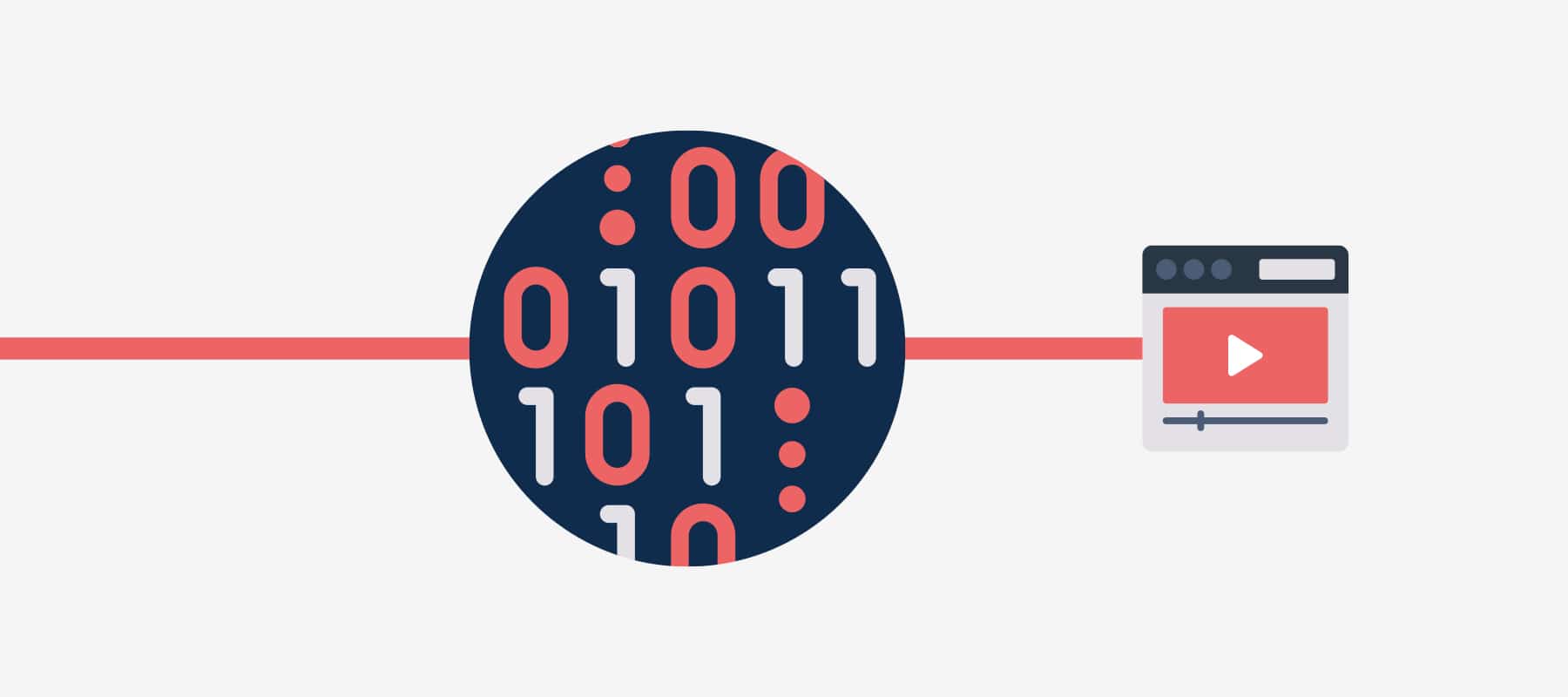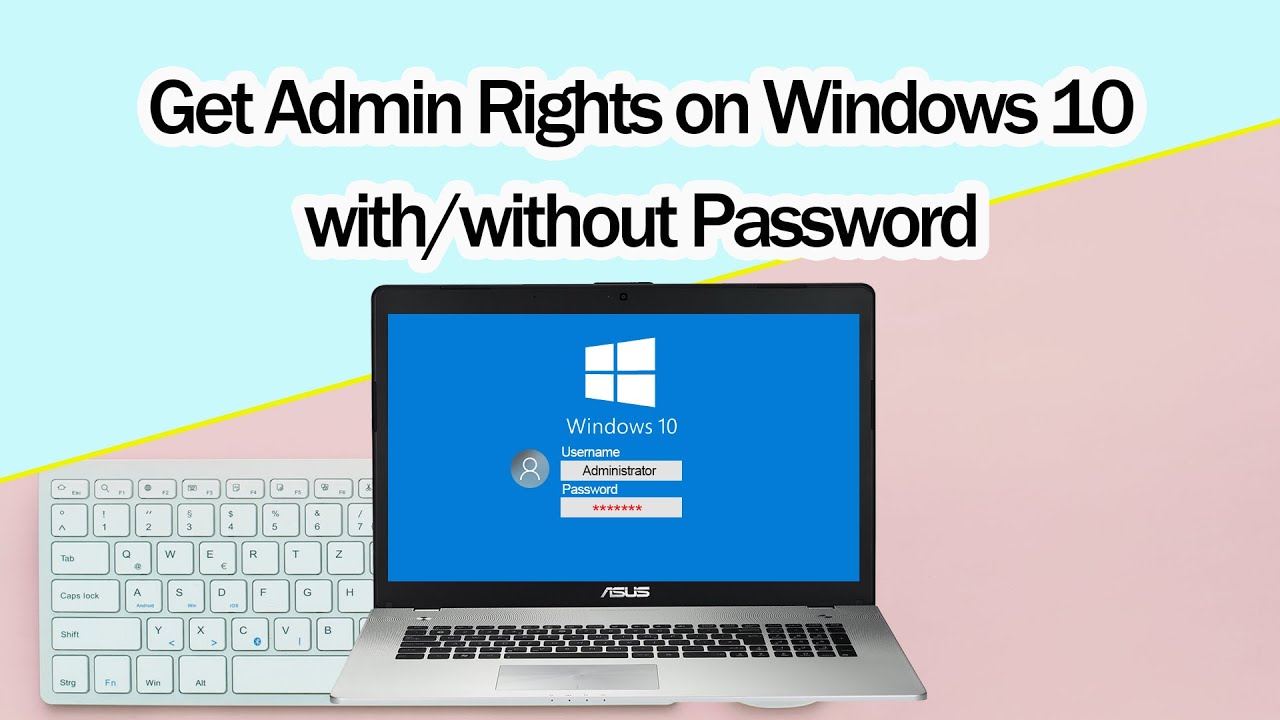In today’s world, video streaming is more important than ever. Whether you’re watching a movie, streaming a game, video conferencing, or just catching up on the news, you want to be able to do it without any lag time.
Video streaming services need to use a low latency protocol to provide the best viewing experience. It allows viewers to enjoy seamless streaming without any buffering or interruptions. Low latency video streaming is becoming more and more popular as we move towards a world where everything is streamed.
This blog post will discuss the top 4 low latency video streaming protocols. We will also discuss the benefits of each protocol and why you should choose them for your next project!
The Concept of Video Streaming Latency
Before we dive into the different live streaming protocols, it is essential to understand the concept of video streaming latency. Video streaming latency is the delay between when a live streaming video is captured and displayed on a screen. This delay can be caused by several factors, including the encoding process, network conditions, and playback devices.
Any live streaming protocol aims to minimize latency as much as possible. The lower the latency, the better the viewing experience will be for the viewer. In some cases, latency can even cause buffering and interruptions in the video stream.
Top 4 Protocols that Ensure Low Latency Video Streaming
Now that you understand the concept of video streaming latency let’s take a look at the top 4 protocols that ensure low latency video streaming.
-
RTMP – Real-Time Messaging Protocol
RTMP is a protocol developed by Adobe for use with their Flash Player in 2005. It’s a streaming protocol that allows for low latency streaming and has been widely adopted by many online video providers.
RTMP is a transmission control protocol that is the reliable and proven protocol that has been around for many years. It is fast, efficient, and easy to use. RTMP also offers features like authentication and encryption, which make it a more secure protocol.
One downside of RTMP is that it requires a Flash player to view the stream. It can be problematic for viewers who do not have Flash installed on their computer or use a mobile device.
However, there are workarounds for this issue. For example, you can use an HTML player that uses RTMP streams or install the Adobe Flash Player on your mobile device.
Overall, RTMP is an excellent choice for live streaming without delay because it is fast, efficient, and easy to use. It also offers features like authentication and encryption, which make it more secure.
-
HLS – Hypertext Transfer Live Streaming
HLS is a streaming protocol that Apple developed. It is an adaptation of the MPEG-TS standard, and it allows for low latency video streaming on a wide range of devices.
HLS uses a segmented file format that allows videos to be streamed over the internet in small chunks. This makes it a more efficient protocol and helps to reduce latency. HLS also supports adaptive bitrate streaming, which adjusts the video quality of the stream depending on the network conditions.
One downside of HLS is that it can be challenging to implement. It requires special software or hardware to encode and decode the streams, which can be costly and difficult to set up. However, many third-party providers offer HLS streaming services.
Overall, HLS is an excellent choice for live streaming projects because it is efficient and offers adaptive bitrate streaming. However, it cannot be easy to implement and requires special software or hardware to encode and decode the streams.
-
WebRTC (Web Real-Time Communication protocol)
WebRTC is a free, open-source project that enables real-time audio, video, and data communication in web browsers and mobile applications. It’s a user datagram protocol that supports peer-to-peer connections as well as serverless architectures. WebRTC is available in most major browsers, including Google Chrome, Microsoft Edge, Safari (macOS), Firefox, and Opera.
The Benefits of using WebRTC for low latency live streaming are:
- No plugin required
- Low latency (Less than 1 sec)
- Supported by majority of browser vendors
However, there are also some drawbacks:
- Requires working knowledge of JavaScript
- Media handling can be tricky
Overall, WebRTC is a good choice for low latency live streaming if comfortable working with JavaScript.
-
SRT (Secure Reliable Transport):
SRT is a UDP-based transport protocol that optimizes streaming performance across unpredictable networks, providing the highest possible quality of experience (QoE) with the lowest latency. SRT is available now as open source from Haivision.
The benefits of using SRT for low latency live streaming are:
- Lowest possible latency (As low as ~30 msec)
- Transport over UDP so it can traverse NATs and firewalls
- Available now as open-source from Haivision There are also some drawbacks:
- More complex to set up and manage than WebRTC.
Not yet widely adopted by the industry. However, if you need the lowest possible latency, SRT is the way to go.
In conclusion, there are several options available for ultra low latency live streaming. WebRTC is a good option if comfortable with JavaScript, while SRT provides the lowest possible latency. Choose the suitable protocol for your needs, and you’ll be able to offer a high-quality, low-latency live stream to your viewers.




